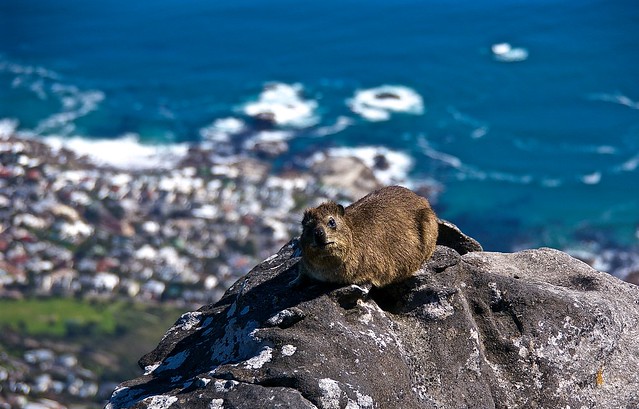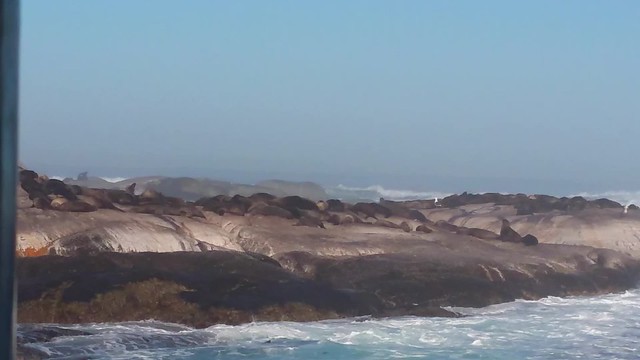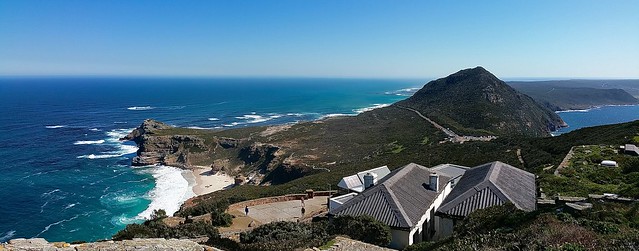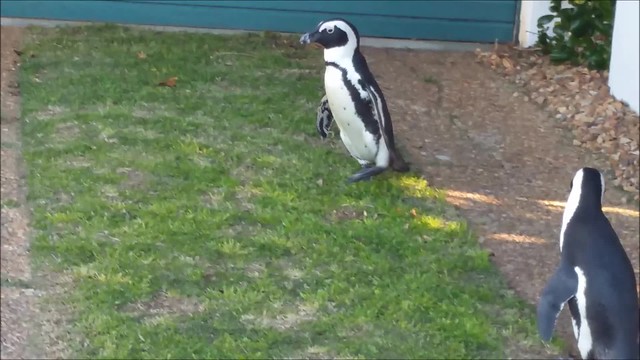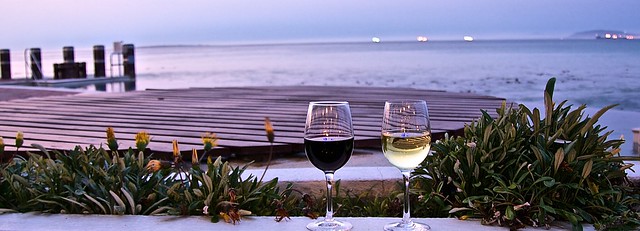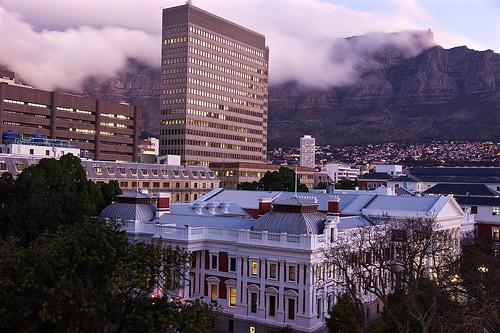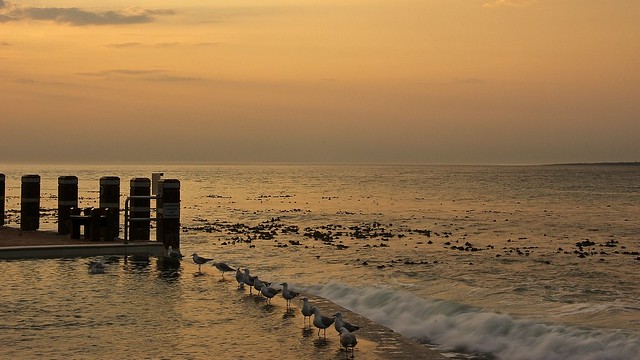Part I of the blog appears here: (link)
Located in the South of South Africa, Cape Town boasts of some amazing landscapes and diverse flora / fauna.
Table Mountain
One such natural wonder is the Table Mountain. The Table Mountain is considered to be one of the New 7 Wonders of the World. Without going into controversies regarding which are the "true" wonders of the world, it would be quite fair to say that the Table Mountain is indeed a natural wonder.
The name is self-explanatory and the uniqueness of the the mountains is that they are wide and (very) flat at the top - it is almost as if someone took a knife and cut out the pointed peaks.
Exploring the Table Mountains is easy - there is a cable car which takes you to the top of the mountains. There are public buses, as well as the Cape Town Hop-on / Hop-off sightseeing bus, which can take you to the Cable car station. Note that the cable car gets quite crowded during peak touristic seasons, so we would recommend purchasing tickets in advance. You can also buy the tickets together with your Hop-on / Hop-off bus tickets.
Once you reach the top of the Table Mountain, you can walk around and explore the reserve - there are cafes, toilets, and most importantly view points from where you can capture wonderful panoramas of Cape Town.
You can often spot these little ones (pic below) sitting at the peaks and staring at you. We believe that they are called Rock Hyrax aka Dassie. We also noticed groups / agencies providing (selling) bungee jumping experiences at the top - however it is clearly not meant for the faint of heart (like ours).
Cape of Good Hope, Cape Point, Penguin and Seal Colonies
As we did not have much time, we booked a private "Cape of Good Hope, Cape Point, Penguin and Seal Colonies" - 9 hour trip with Cape Town Day Tours.
(TripAdvisor review: link)
The whole tour was well organized. We
managed to see seals, penguins, Cape Point and the Cape of Good Hope -
all without any rush and at a leisurely pace. We made many small stops along the way while driving along the Atlantic seaboard - the most significant among them being the 12 Apostles Peaks and Chapman’s Peak.
Hout Bay and Seals
Our first real stop was at Hout Bay - to take the ferry to Seals island. Hout Bay itself is an amazingly beautiful village with mountains encapsulating the boats docked at the valley.
We then took a ferry which took about 20 minutes to reach Seals island. The island was amazing as well. We were expecting to see a tiny island where it would be difficult to even spot 1 or 2 seals. However, we were pleasantly surprised, and the island was teeming with seals. Although, we were not allowed to set foot on the island; the ferry approached quite close to the island providing us an up-close and personal viewing of the seals.
Once the ferry had sailed about 10 or so minutes from Hout Bay, you can start feeling the powerful (Atlantic) ocean waves; and the ferry seemed to rock quite a bit - so may be think twice before taking the ferry if you get seasick easily :)
Cape Point and Cape of Good Hope
Our next stop was the Cape of Good Hope reserve. The Cape of Good Hope is the southern most point of Africa, and from here you can see the Atlantic in all its fury.
In the reserve, you can take the funicular to the lighthouse at the top; or simply walk around - there are photo opportunities at every corner. While it is said (rather advertised) that one can see the Atlantic and Indian oceans merging at Cape point; for all practical purposes, it is almost impossible to distinguish between the two oceans. (It is e.g. nothing like our Triveni Sangam where one can clearly distinguish the rivers by their water colors.)
We also managed to track down a few animals in the Cape of Good Hope reserve, e.g. the bucks and ostriches below.
Boulders Beach - Penguins
Last but not the least, do not forget to visit the Penguins colony at Boulder's Beach. Yes, Penguins, you heard it right!! It seems that popular media including films and TV shows have led us into believing that Penguins can only be found in very cold places e.g. Antarctica.
However, this is clearly not true; and we were pleasantly surprised to see a whole colony of Penguins in Cape Town. It is their natural habitat, and not a close facility like a zoo by any means - e.g. check out the 2 guys below walking on the main road.
The area is not huge, probably can be covered by walking 15-20 minutes. But during that time, you can easily expect to spot around 100 penguins. There are penguins in whichever direction you look - and they are surely as cute as you'd expect them to be - if not more.








